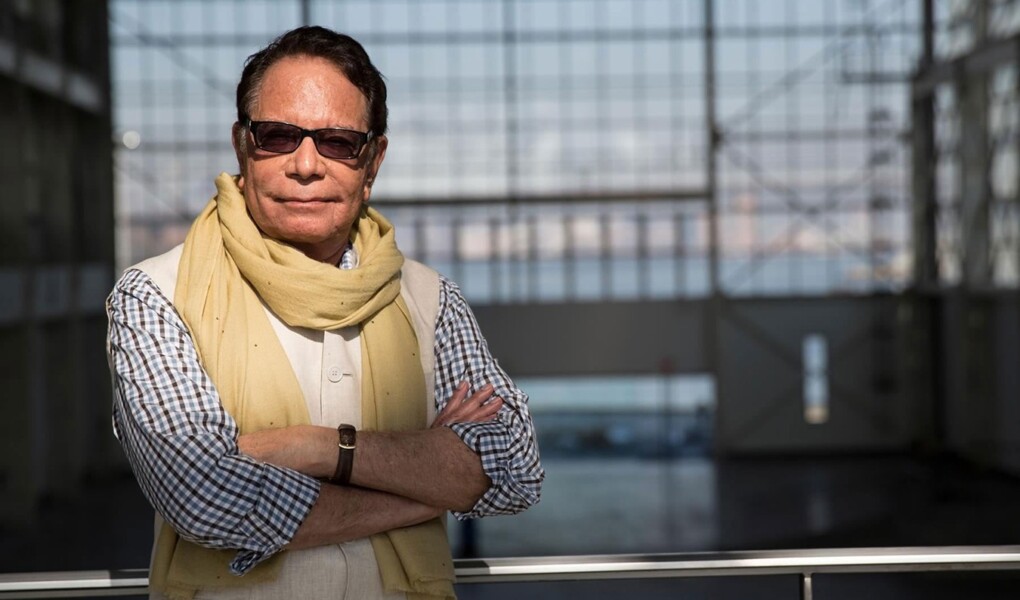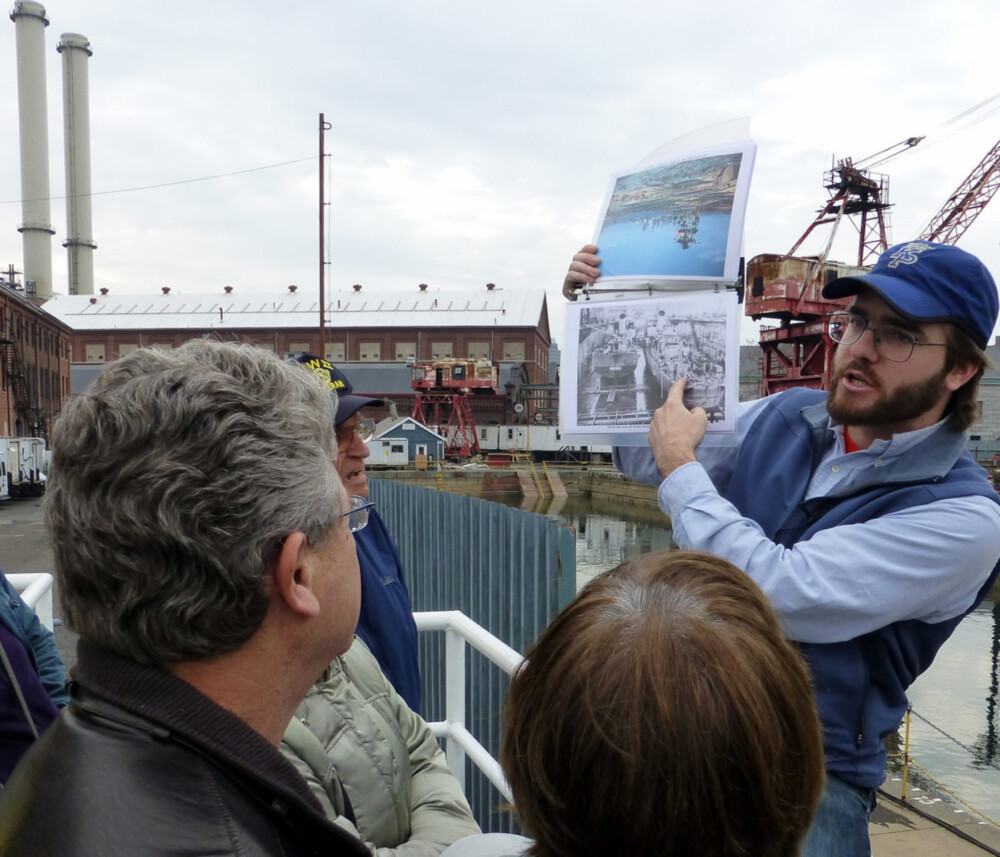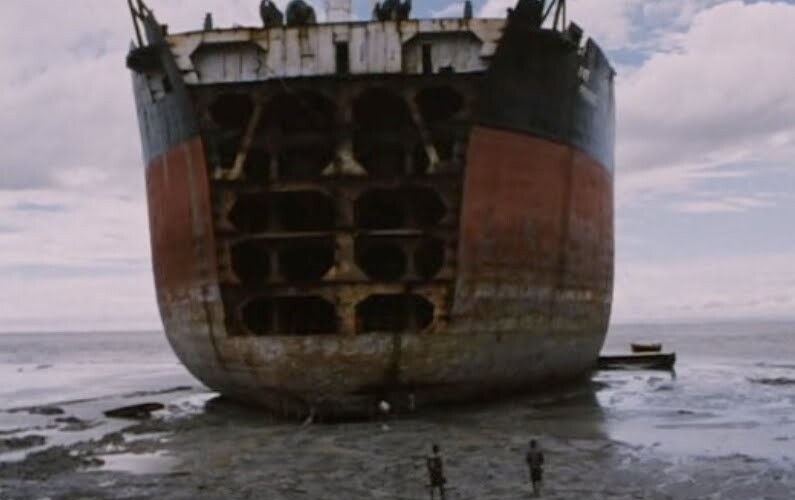Baldev Duggal (1937–2016)
So far in this series, all of the individuals we have profiled worked at the Brooklyn Navy Yard when it was still a naval shipyard. But Baldev Duggal was an individual who played an instrumental role in the long process of transforming the Yard from a dilapidated naval facility into a thriving industrial business center.
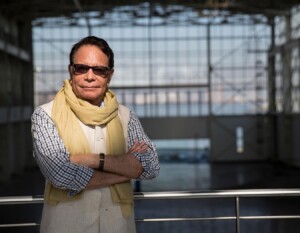
Duggal was born in 1937 in Jalandhar, India, and he turned a childhood passion for photography into a lifelong business pursuit. He received his first camera, a Kodak Brownie model, from his grandfather, and at age 15, he won a photo contest, placing his shot on the cover of the Illustrated Weekly of India. Long dreaming of coming to the United States to start his own business, he finally pulled together enough money to come to New York in 1957, a 19-year-old student with $200 in his pocket and enough money to enroll in one class at Columbia. He took Color Theory, as he told Chaker Khazaal in a 2015 Huffington Post interview, and after working anywhere he could to make ends meet, he landed a job at a printing company that allowed him to use space on his side business processing and developing film.
In 1963, he launched his company, Duggal Color, catering to New York’s professional photography community and renowned for its quality and attention to detail. While he started off developing film in his bathtub, Duggal was always an innovator, and he soon came up with a mechanized system for processing negatives. As his business grew – and was renamed Duggal Visual Solutions – he was always on the lookout for the next big thing in the photo businesses. He developed new processes for large-format printing, allowing his company to make amazingly high-quality billboards and building wraps. And though his roots were in film, he wholly embraced the digital revolution. In 1992, when he became the last Kodachrome processor in New York City to discontinue that service, he said, prophetically, “I have gone into computer imaging, which I believe is the future of photography.”
Duggal began his association with the Brooklyn Navy Yard in 1998, when he rented a few small spaces, and then moved large-scale operations there in 2003. This was really the beginning of a new era in the history of the Yard, which had suffered through neglect, mismanagement, and major plant closures over three decades as a city-owned industrial park. A renewed commitment begun in the late 1990’s to invest in infrastructure and attract small businesses has borne fruit over the last 20 years – the Yard has now topped 7,000 employees, with 16,000 expected by 2020 – and Duggal got in on the ground floor.
The company has occupied several different buildings on the campus, but today their main operations are in Building 25, a LEED-Gold-certified structure that houses facilities for printing, fabrication, installation, and their Innovation Lab. He also developed the Duggal Greenhouse, a World War II-era ship assembly plant that has been transformed into an event space that hosts many clients in the advertising and fashion world, as well as major events, such as the 2016 Democratic Party primary debate between Hillary Clinton and Bernie Sanders. His commitment to green building and environmental causes was evident in his business practices. Duggal Visual Solutions is certified as both a Sustainable Green Printer and by the Forest Stewardship Council, and the company launched a line of off-the-grid wind- and solar-powered lighting systems called Lumi•Solair, which are installed throughout the Yard.
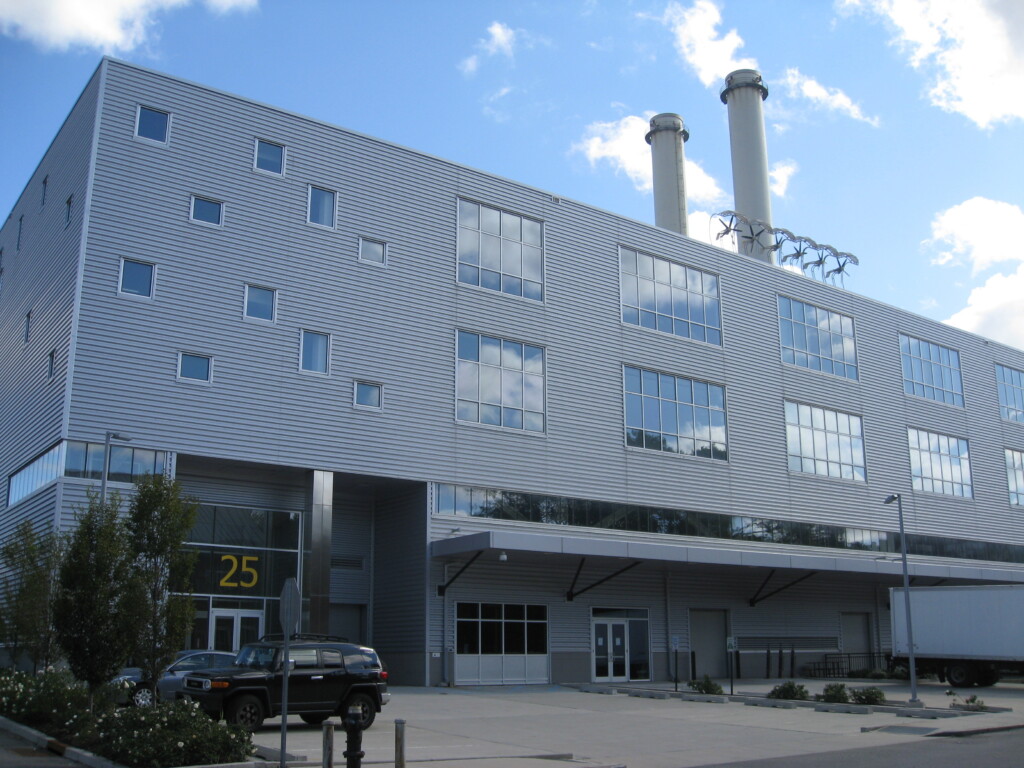
In 2015, Duggal was named the Huffington Post’s “Immigrant of the Year,” and he offered this advice, not just to fellow immigrants, but to all Americans:
Don’t be afraid to dream big. Ignore the naysayers. Do, try, fail, learn. Aspirations are not uniquely American, but they sure are uniquely enabled here. Our freedom is a blessing, a birthright and a gift to our children and to the world.
Baldev Duggal passed away in June 2016, but the business continues, helmed by his son Michael, and it remains an important part of the Brooklyn Navy Yard community, employing about 50 people, and more than 300 across their facilities in New York City.

